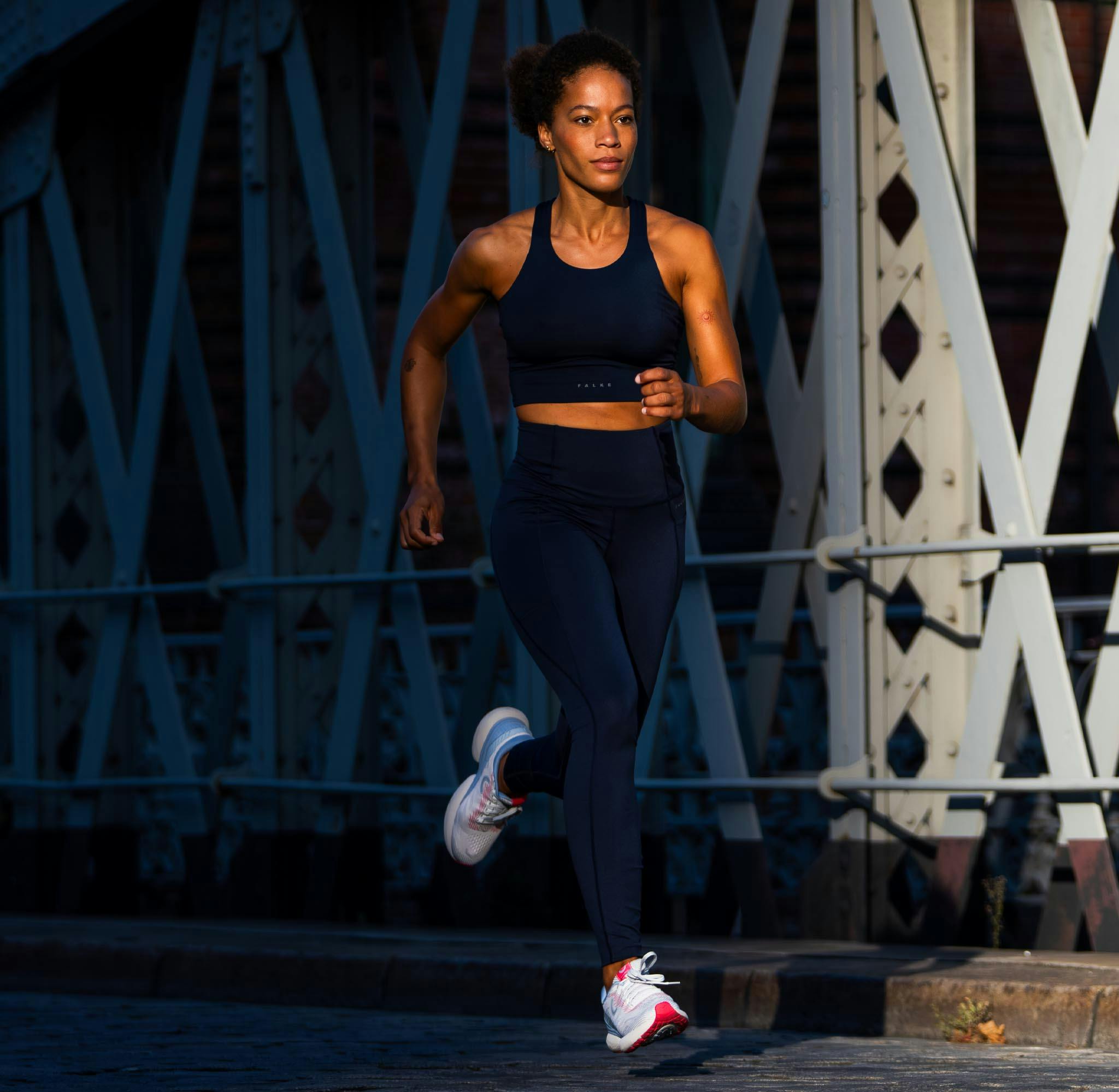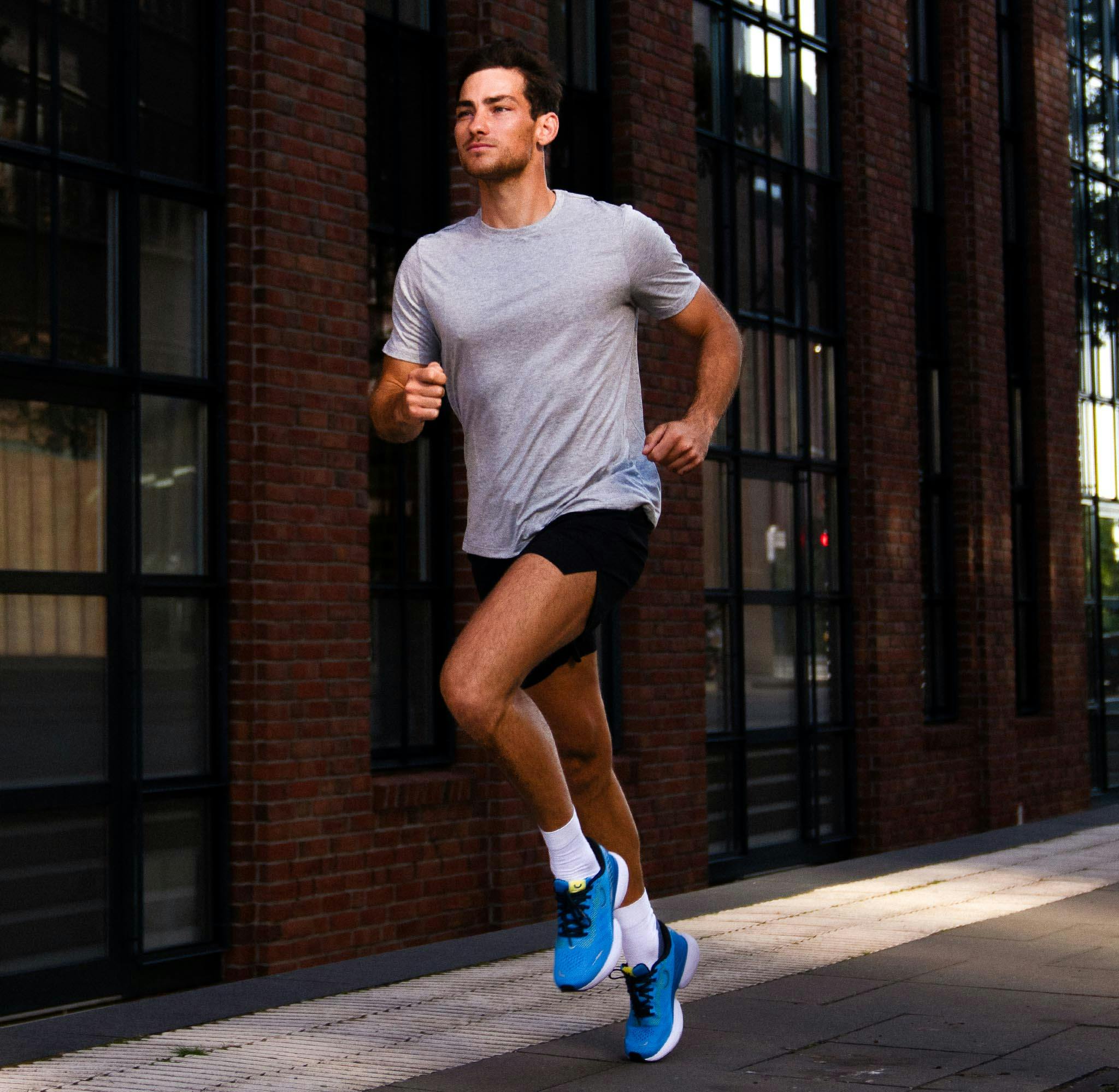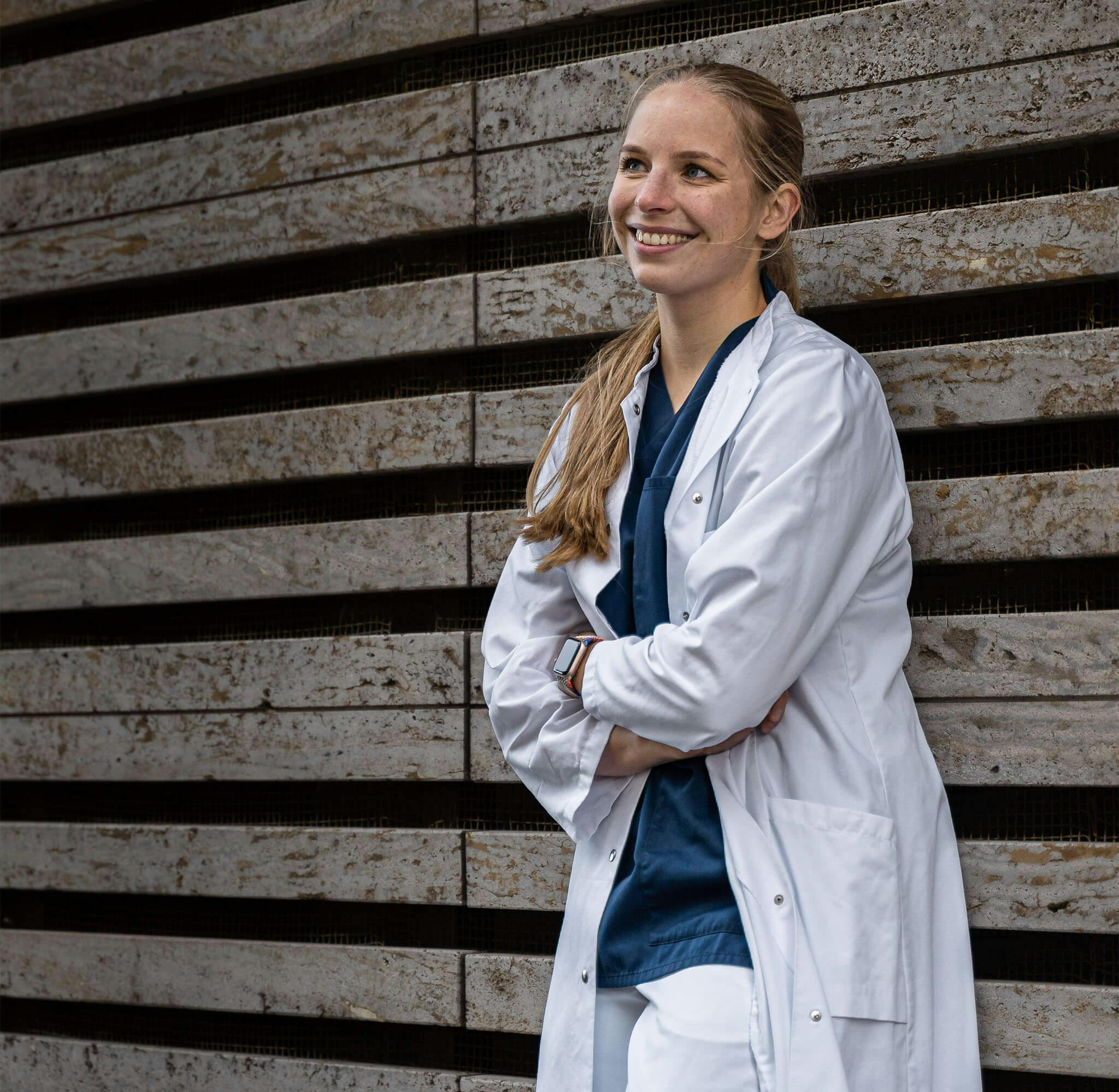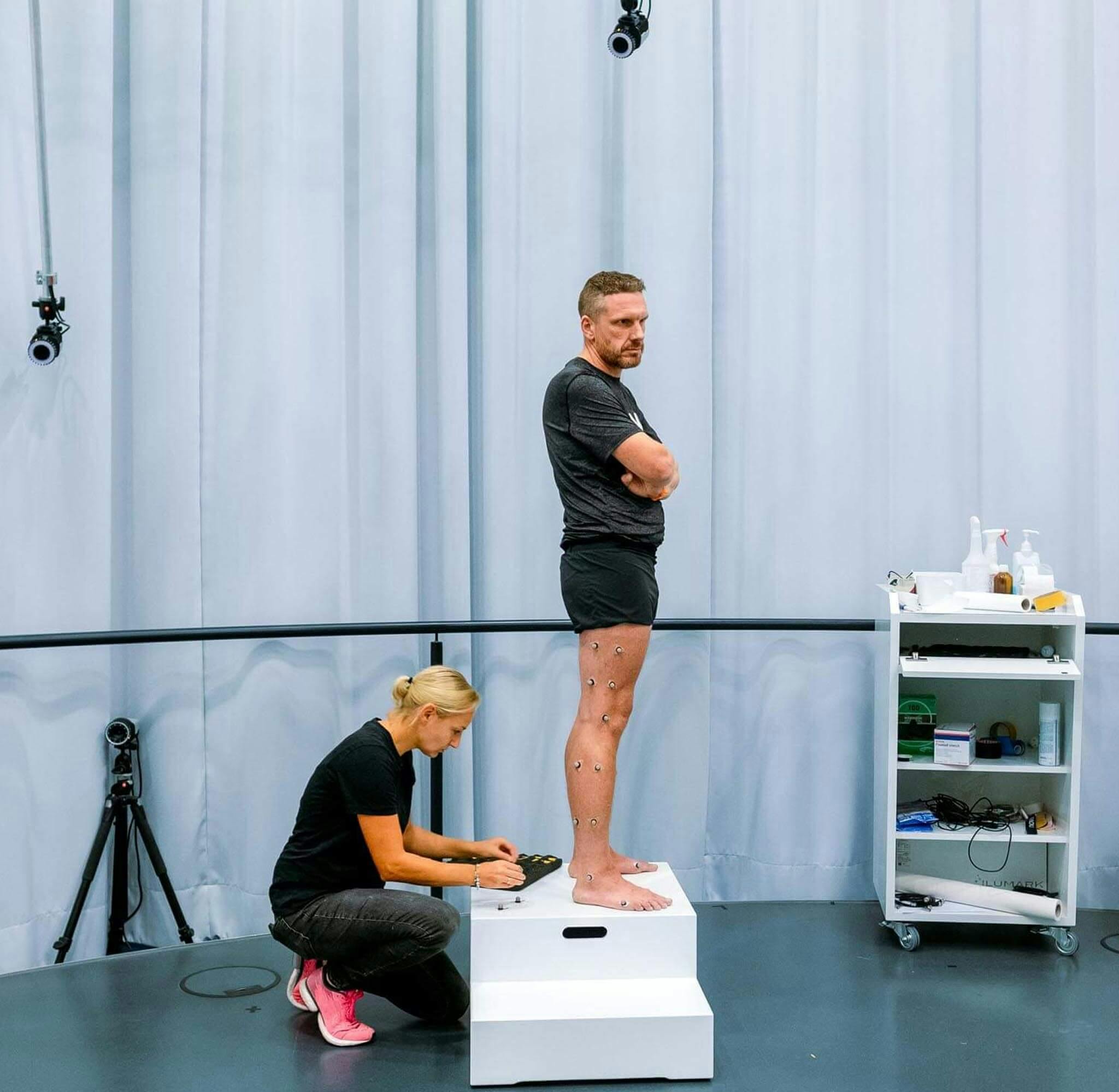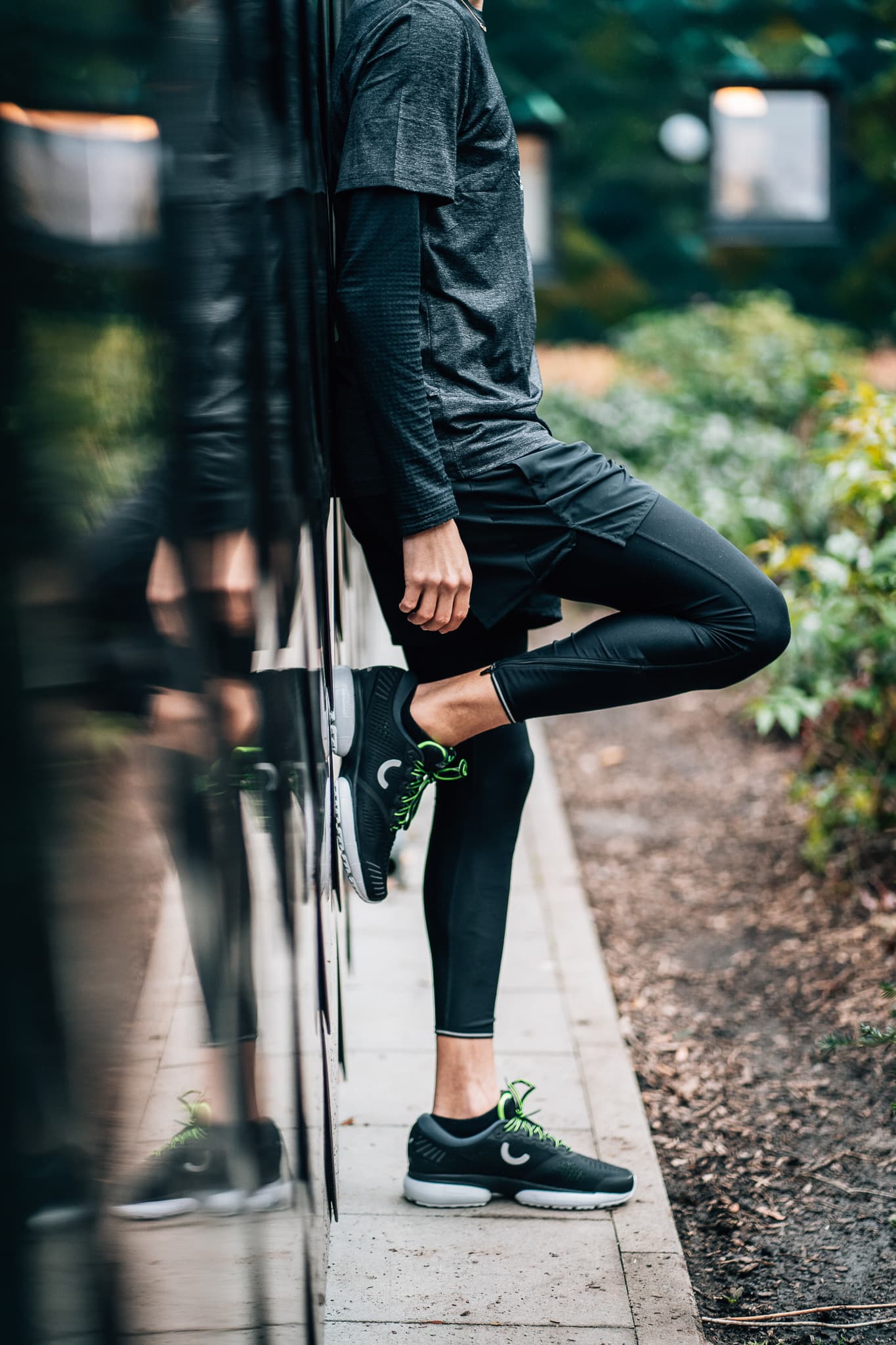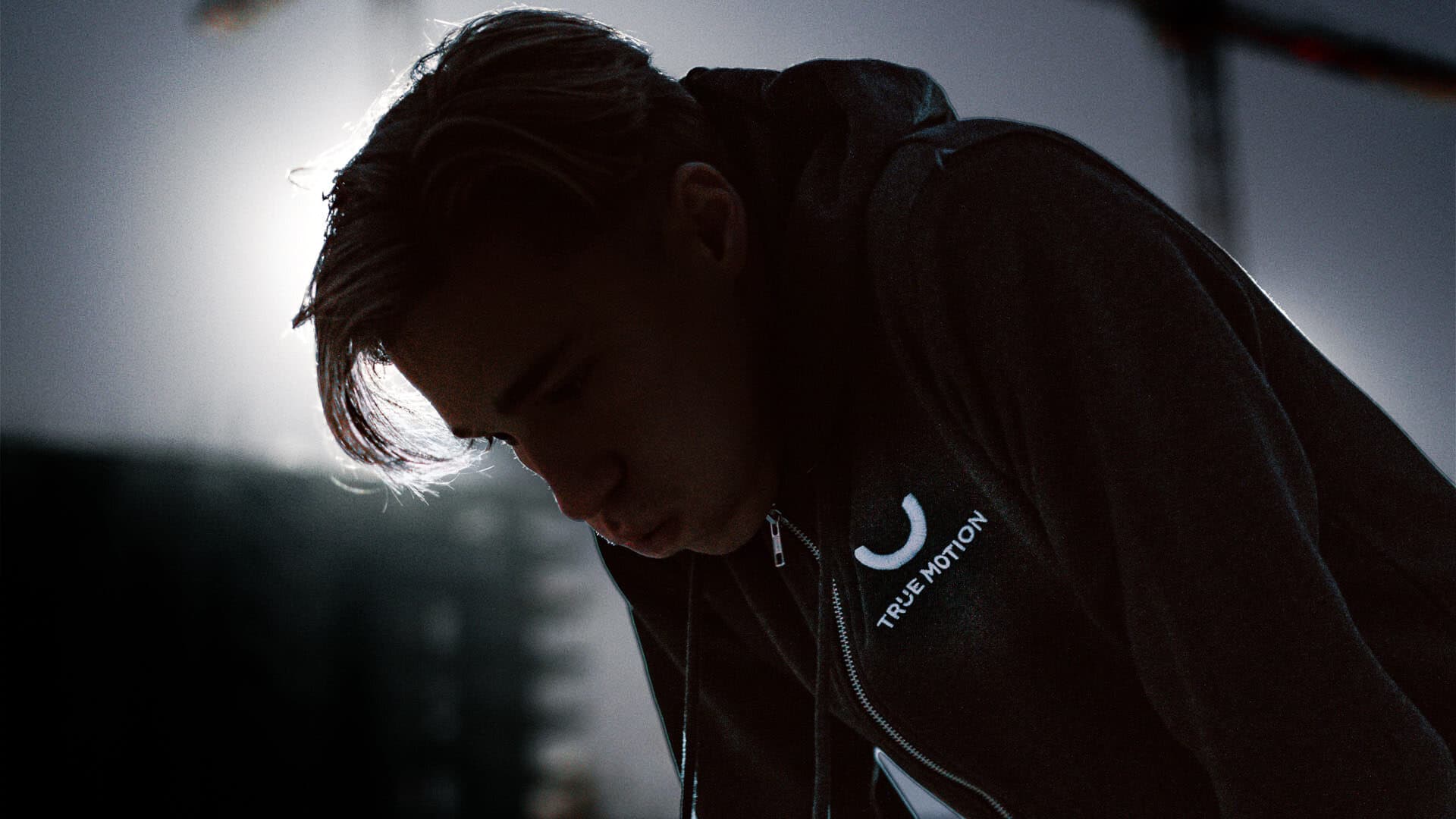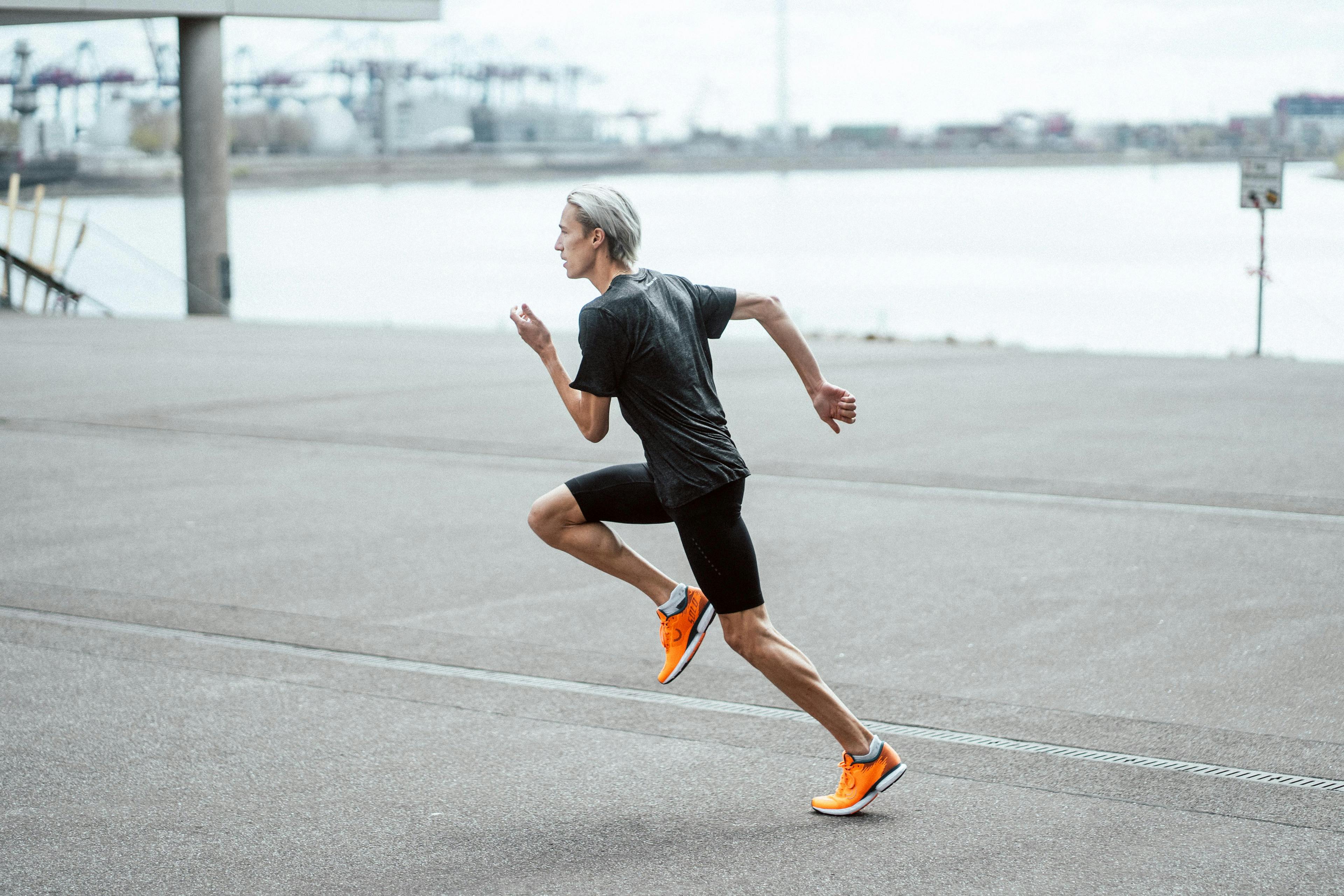
Myth Running Shoe Size – Should You Buy Running Shoes One Size Larger?
8th October 2021
Worn soles without tread, countless holes in the fabric – your running shoes are hundreds of kilometers old and literally worn out. It’s time to buy a new pair. But that’s easier said than done. Because the running shoe should not only feel good, it also has to fit right. Sizes sometimes vary quite a bit between the different running shoe manufacturers. Here’s some advice on how to choose the correct running shoe size to help you find the best shoe for you – and we’ll shed light on what lies behind the myth of buying running shoes one size larger.
Content:
The right running shoe feels good when you wear it
Should we buy running shoes one size bigger?
Our foot grows throughout the day: how the time of day affects our running shoe size
The confusing sizes of running shoes for men and women
For the perfect running experience, we need the perfect running shoe. Not only the wearing comfort plays an important role, but especially the correct shoe size. In most cases, however, it is not identical with the size we wear in our everyday shoes.
In addition, while we wear casual shoes all day long, we often have a set running routine. Some of us love to go for a run around the neighborhood in the morning before work – simply to start the day wide awake. Others, on the other hand, simply need to relax after a hard day at the office. For them, their running round is on the evening agenda. As a result, we often only wear our running shoes at certain times of the day. But that’s exactly what affects how we find our correct running shoe size.
The right running shoe feels good when you wear it
No matter whether we are already runners or just starting to run: if you’re looking for the perfect running shoe, you’ve found it when it feels good after you slip it on. Nevertheless, there are a few tips that can help us when buying running shoes.
Tips for buying the first pair of running shoes
Beginning runners have one disadvantage when they buy their first running shoe: they haven’t worn a running shoe yet – or at least not for a while. However, every individual is different – and so are everyone’s very personal preferences. Nevertheless, before buying your first running shoe, it can be helpful to do some research on the Internet, in specialist magazines and also to ask friends. After that, we can enter into specific discussions with the specialist retailers. Questions we could ask ourselves to this end are, for example:
What exactly do I need running shoes for?
What distances do I want to run?
How many times a week do I want to run?
How fast, i.e., at what pace, do I want to run?
On which surfaces will I mainly run?
Tips for buying new running shoes
If we’re runners, we already know the answers to the questions above. And yet sometimes we look for new running shoes – especially when our current pair has literally run out. The advantage is that we are already experts on our own bodies. We know pretty well what bothers us about our current running shoes and what is particularly important to us when running.
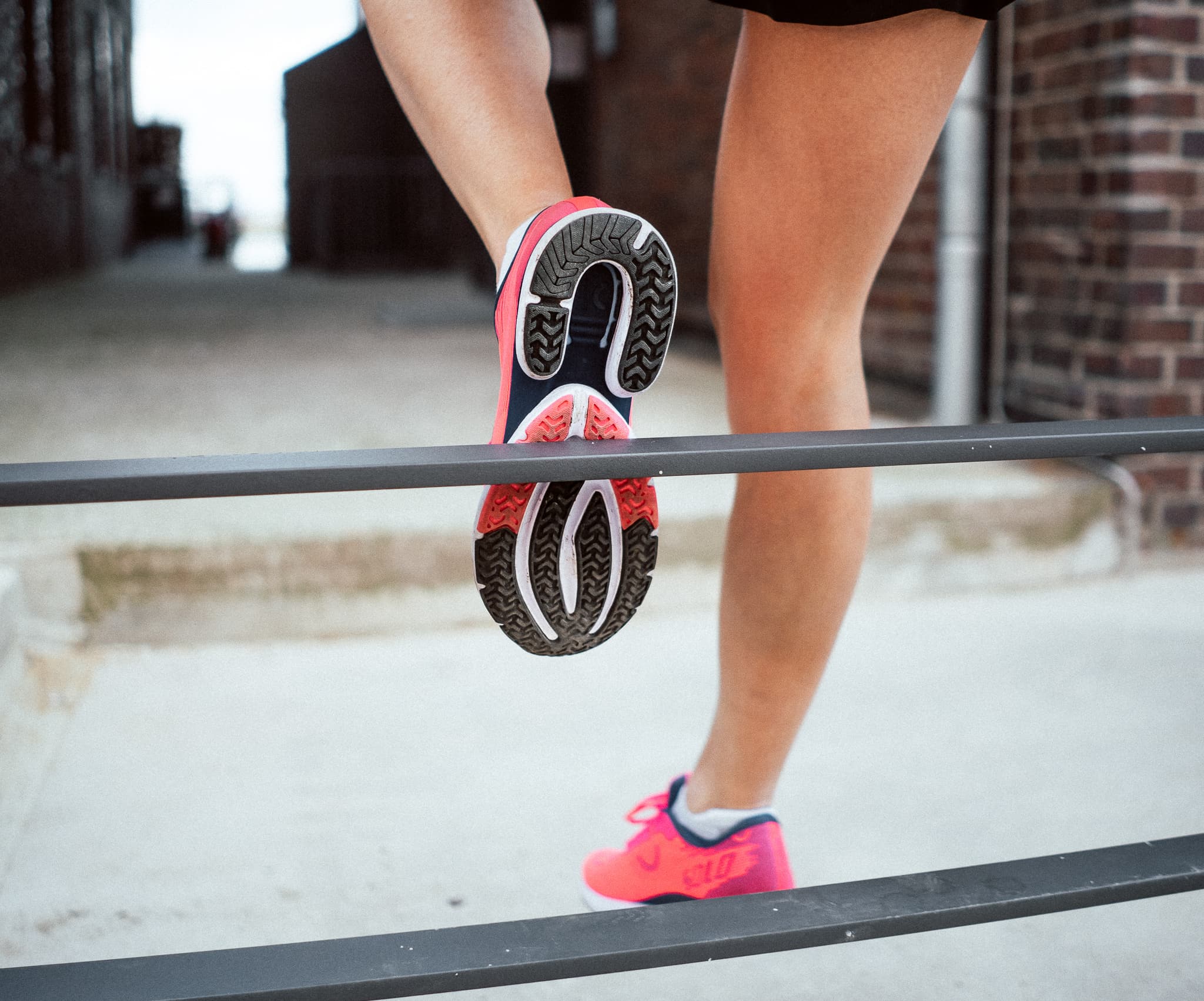
Before buying new running shoes, we can therefore find answers to some questions, which will give us a good chance of finding the running shoe for our best possible running experience at specialist retailers. Because as a recreational runner, we usually find out about new brands and models in advance – and talk to our running partners about their favorite shoes or running injuries.
Especially those who experience discomfort while running ask themselves where this is coming from. Often mistakes during training or running shoes that do not fit properly are to blame for the fact that we injure ourselves while running. Before we visit the nearest specialist retailer, we could ask ourselves the following questions:
Why do I need new running shoes?
What distances do I run most often?
How often do I run during the week?
How important is it for me to run fast?
What surfaces do I usually run on?
Am I looking for a shoe for competition, training, or recreational running?
Am I an endurance runner or do I also do interval training?
Am I satisfied with the fit of my current running shoes?
Do I prefer harder or more comfortable running shoes?
Would I like to try a new brand or model?
Do I currently experience any discomfort when running?
Another tip: as experienced runners, we can often use our current shoes as a guide. Because with these, we know what we like – and what we don’t.
Should we buy running shoes one size bigger?
Anyone looking for the right running shoe is being told to buy running shoes one size bigger. But what is the truth behind this myth? The fact is, finding the right size is not that easy. Often, size specifications and fits of the various running shoes differ quite a bit from brand to brand and even from model to model.
Therefore, when runners buy new running shoes, they should not buy them in the size they are used to from their casual shoes. If we try on running shoes in our usual size, they initially seem to fit perfectly. However, our feet need more space when we run than when we take a casual walk around town. As a guideline, there should be about a thumb’s width of space between the tip of the toes and the front end of the running shoe. It is important to note that the big toe is not always the longest.
“What some runners don’t know: our shoe size changes throughout the day”
But why should there be enough space at the front of the running shoe? Quite simply, the foot must have enough space when running so that it can slide forward a bit when transitioning in the shoe. This is exactly why our running shoes should be about one to two sizes larger than our everyday shoes.
However, we don’t have to be afraid that the running shoe will fit too loosely or that we won’t be sufficiently supported while running. The stability of a running shoe does not depend primarily on its length. Much more important for the support of our foot in the running shoe is the stability of the midfoot and the heel. If in doubt, we can increase this with certain lacing techniques.
When we try on our new running shoe, we should make sure that the shoe encloses the foot firmly at the midfoot and the heel. However, it should not squeeze the foot. The best way to check whether the shoes really fit perfectly is to go to a specialist retailer.
Forefoot, midfoot, or rearfoot runner: which type of runner are you?
It makes sense, especially for beginning runners, to get advice in the running shoe store. Usually, they don’t know yet what their personal running technique looks like. Experts can work with them to define their specific running style. For choosing certain running shoe models, it can be important whether we land on our forefoot, midfoot, or heel. Body size and weight can also determine which running shoe is the right one.
To find the perfect running shoe, we should also be aware of where we want to run with it. The surface and the environment can determine how strong the tread of the sole and how waterproof the upper of the running shoe should be. It really does make a difference whether we run on roads, forest floors, or off-road (outdoor running), or on treadmills and in gyms (indoor running).
Our foot grows throughout the day: how the time of day affects our running shoe size
What some runners don’t know: our shoe size changes throughout the day. In the evening, the human foot is larger than in the morning. Why is that? During the night, the foot muscles have time to relax. As a result, the foot bones are relatively close together in the morning. As a result, the foot is smaller overall in the morning than the night before.
DISCOVER RUNNING SHOES
FROM TRUE MOTION
However, since we humans move quite a lot on our feet during the day, the body circulates blood through them particularly strongly. The resulting heat expands the foot muscles – the foot grows. If we now put even more strain on our feet than usual, for example during a marathon, they become even bigger. During a marathon, our feet need even more space in the running shoe than during a light jog.
A high load when running thus quickly causes our feet to swell – and the shoes to feel tighter during sports. This is important to know when buying new running shoes. Above all, it makes sense to try on running shoes in the afternoon to find the right size for each time of day. Ideally, we should wear exactly the same sports socks that we wear during our running sessions. Only then will the running shoes fit just as well in the store as they will on the run.
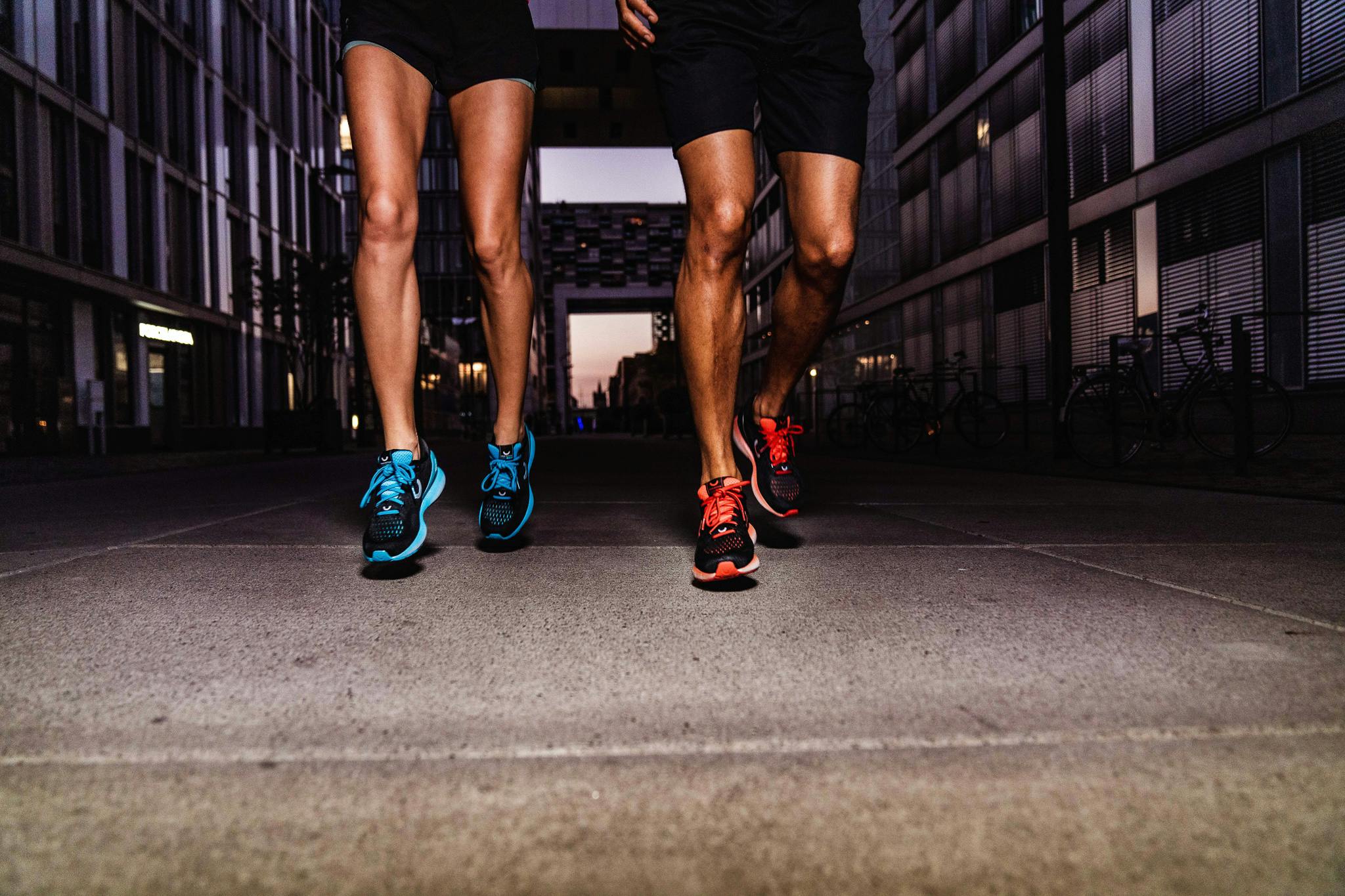
How wrong running socks affect our run
However, these sports socks should not be our daily sneaker socks in the best case. These already slip back and forth in our shoes in everyday life. If we go running with our sneaker socks slipping down, blisters can develop on our feet. In addition, we have less support and fewer pressure points in the running shoe.
A similar thing happens when we put on conventional cotton socks for running. During sports, cotton socks wrinkle, sweat and moisture cannot be absorbed. This increases friction in the running shoe – and causes blisters. If the socks are also too thick, we lose space in the shoe. A running shoe that is too small or tight as a result promotes blisters, chafing, and the so-called runner’s toe: painful bruising under the toenails.
Ideal running socks are therefore tight-fitting, ergonomic, and they absorb moisture and sweat. Together with the perfect running shoe, they make it easier for us to run in everyday life or a marathon.
Shoes with freedom of movement: this is what we should pay attention to
The size of our feet changes throughout the day – how much depends on how much we move. Our foot size also changes while we run. What seems clear is that human evolution probably did not foresee that one day people would no longer walk around barefoot, but wearing shoes in every conceivable shape.
In order not to overload the foot, but also the fibers, muscles, and joints in the body during running, the running shoe must leave enough space for the most natural transitioning motion possible. Running shoes that are too small, or significantly too large, literally get in the way of this natural movement. The same applies to running shoes with built-in supports that interfere with our musculoskeletal system. Biomechanically developed running shoes, on the other hand, respect our natural movement.
The confusing sizes of running shoes for men and women
To make matters worse, choosing the right running shoe size becomes even more complicated when we want to differentiate between models for men and women. Again and again, different size specifications serve as a basis here. As a rule, running shoes can be compared using the US size. Size tables of the manufacturers can also help to find the right running shoe size.
To find the right size of True Motion running shoes at home, the True Motion size finder helps. Specialty retailers also answer further questions in individual consultations. Because one thing is certain: once you’ve found the right running shoe in the right size, you’ll have fun running.

NEVER RUN OUT OF
NEWS
Discover all True Motion stories – and be the first to hear about new products, promotions and events. Simply, center your run!
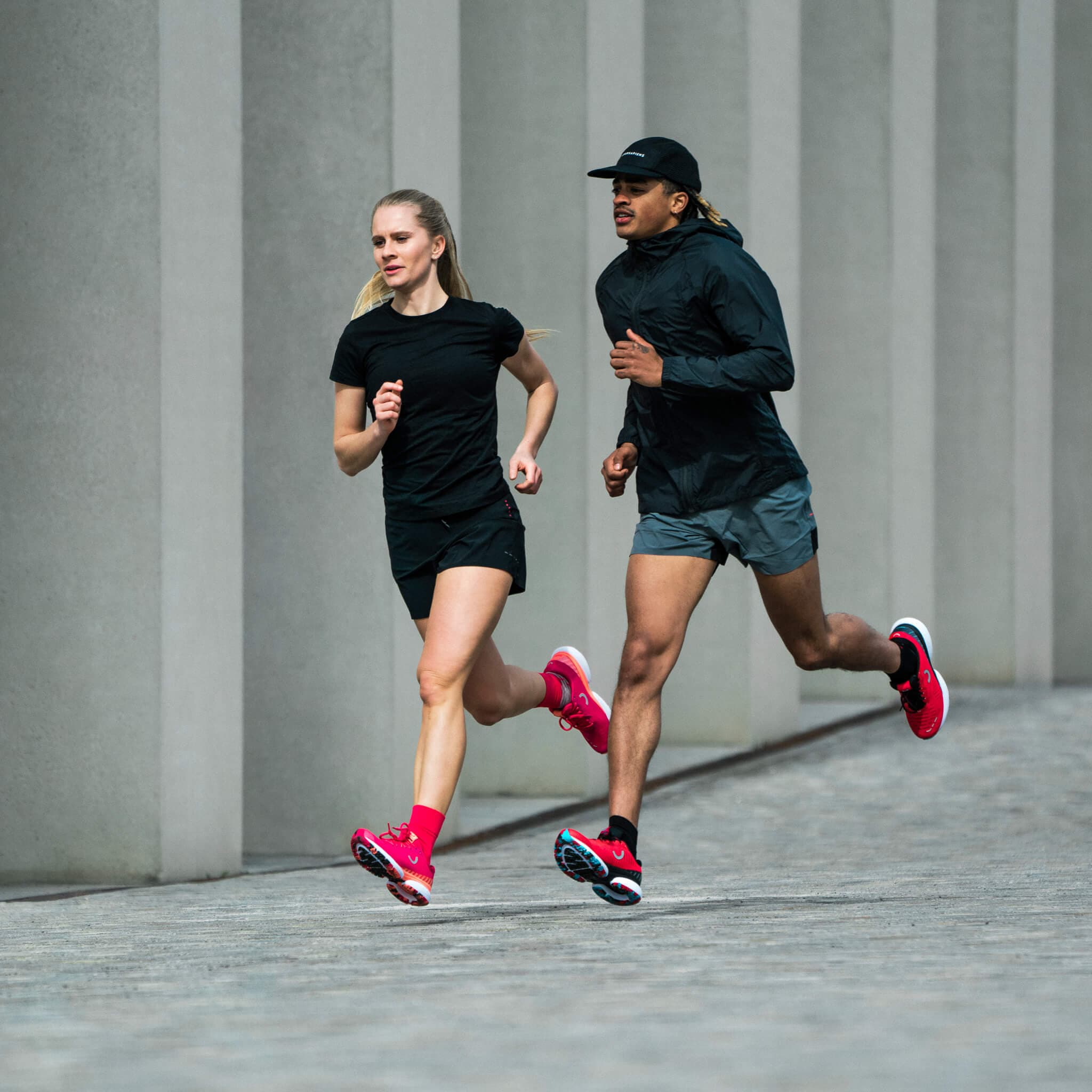
NEVER RUN OUT OF
NEWS
Discover all True Motion stories – and be the first to hear about new products, promotions and events. Simply, center your run!
READ THE NEWEST
U-RUN STORIES
Sabrina Mockenhaupt: This shoe got me running again
2025-10-31

Sabrina Mockenhaupt has achieved everything that many runners dream of. Running was and is her life, until the pain eventually became too much. Today, she is running pain-free again – this is her story.
Laura Schmidt: I have rediscovered running for myself
2025-03-07
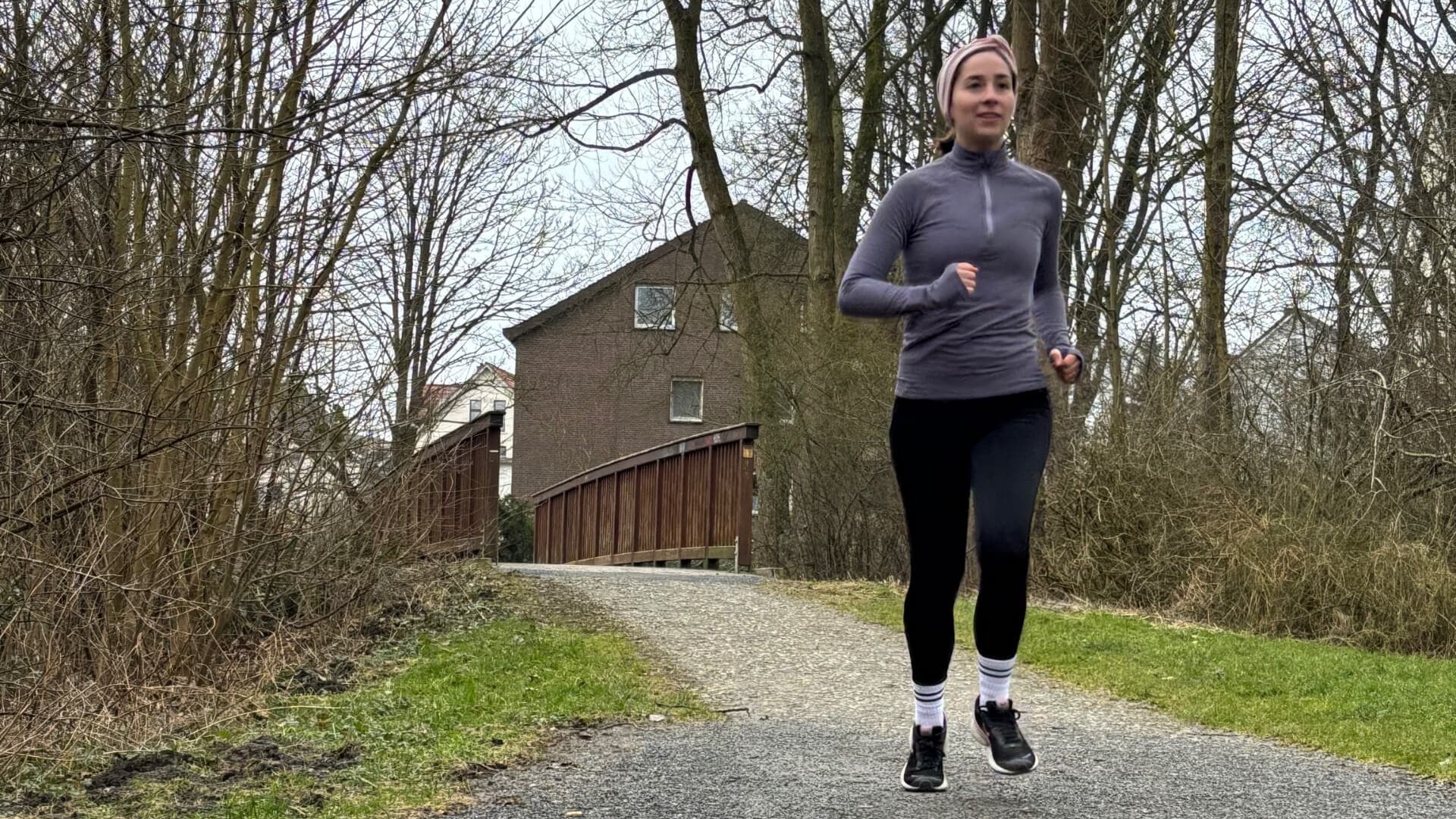
My name is Laura. I started running eight years ago – to clear my head after work. But knee pain kept me from being able to run regularly. A new pair of running shoes was finally the solution. Today I run pain-free. This is my true runner story.
READ THE NEWEST
U-RUN STORIES
Sabrina Mockenhaupt: This shoe got me running again
2025-10-31

Sabrina Mockenhaupt has achieved everything that many runners dream of. Running was and is her life, until the pain eventually became too much. Today, she is running pain-free again – this is her story.
Laura Schmidt: I have rediscovered running for myself
2025-03-07

My name is Laura. I started running eight years ago – to clear my head after work. But knee pain kept me from being able to run regularly. A new pair of running shoes was finally the solution. Today I run pain-free. This is my true runner story.
RECOMMENDED BY








RECOMMENDED BY








GET 10 % OFF YOUR FIRST ORDER!
Get your personal running updates with exclusive discounts, product news, training plans and tips for healthy running - straight to your inbox. 10% discount on your next order.
SERVICE
ABOUT US
© 2025 True Motion Running GmbH

